Specification
| Basic Information | ||
| Base Frequency | 3.40 GHz | |
| Maximum Turbo Frequency | 4.50 GHz | |
| Cache | 12 MB Intel Smart Cache | |
| Cores | 4 | |
| Threads | 8 | |
| Default TDP | 58 W | |
| cTDP | 89 W | |
| Memory Specifications | ||
| Maximum Size | 128 GB | |
| Maximum Speed | 76.8 GB/s | |
| Type | Up to DDR5 4800 MT/s Up to DDR4 3200 MT/s |
|
| Max Number of Channels | 2 | |
| Warranty Information | ||
| Manufacturing Warranty | 3 years | |
Description
Intel 13th Gen Core i3-13100F Raptor Lake Processor
The Intel 13th Gen Core i3-13100F Raptor Lake Processor is a quad-core, eight-thread processor with a base clock speed of 3.40 GHz and a maximum turbo frequency of 4.50 GHz. It features 12 MB of L3 cache and is compatible with the LGA 1700 socket. It is a part of Intel’s 13th generation of processors built on the Raptor Lake architecture. It is designed for use on desktops and workstations. The Intel Core i3-13100F is compatible with LGA 1700 socket motherboards with the Intel 600 or 700 series chipset. It comes with support for PCI Express 5.0 and dual-channel DDR5 memory at 4800 MHz, making it ideal for office applications.
Supports DDR4 and DDR5
The Intel 13th Gen Core i3-13100F Raptor Lake Processor supports up to 128 GB of memory, dependent on the type of memory used. It supports both DDR5 and DDR4 memory types, with speeds of up to 4800 MT/s and 3200 MT/s respectively. The processor supports a maximum of 2 memory channels and has a maximum memory bandwidth of 76.8 GB/s. This means that the processor can quickly access and transfer data stored in the memory, which can improve overall system performance.
PCIe 4.0 & 5.0
The Intel Core i3-13100F supports PCI Express Revision 5.0 and 4.0. PCI Express (PCIe) is a high-speed interface standard for connecting peripheral devices to a computer. The processor supports a maximum of 20 PCI Express lanes, which can be configured in a variety of ways. The processor supports up to 1×16+4 or 2×8+4 configurations, which means it can support one x16 lane and four x1 lanes or two x8 lanes and four x1 lanes. These configurations allow for flexible usage of different peripheral devices, such as graphics cards, network cards, and solid-state drives.





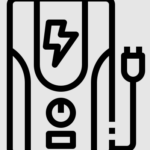

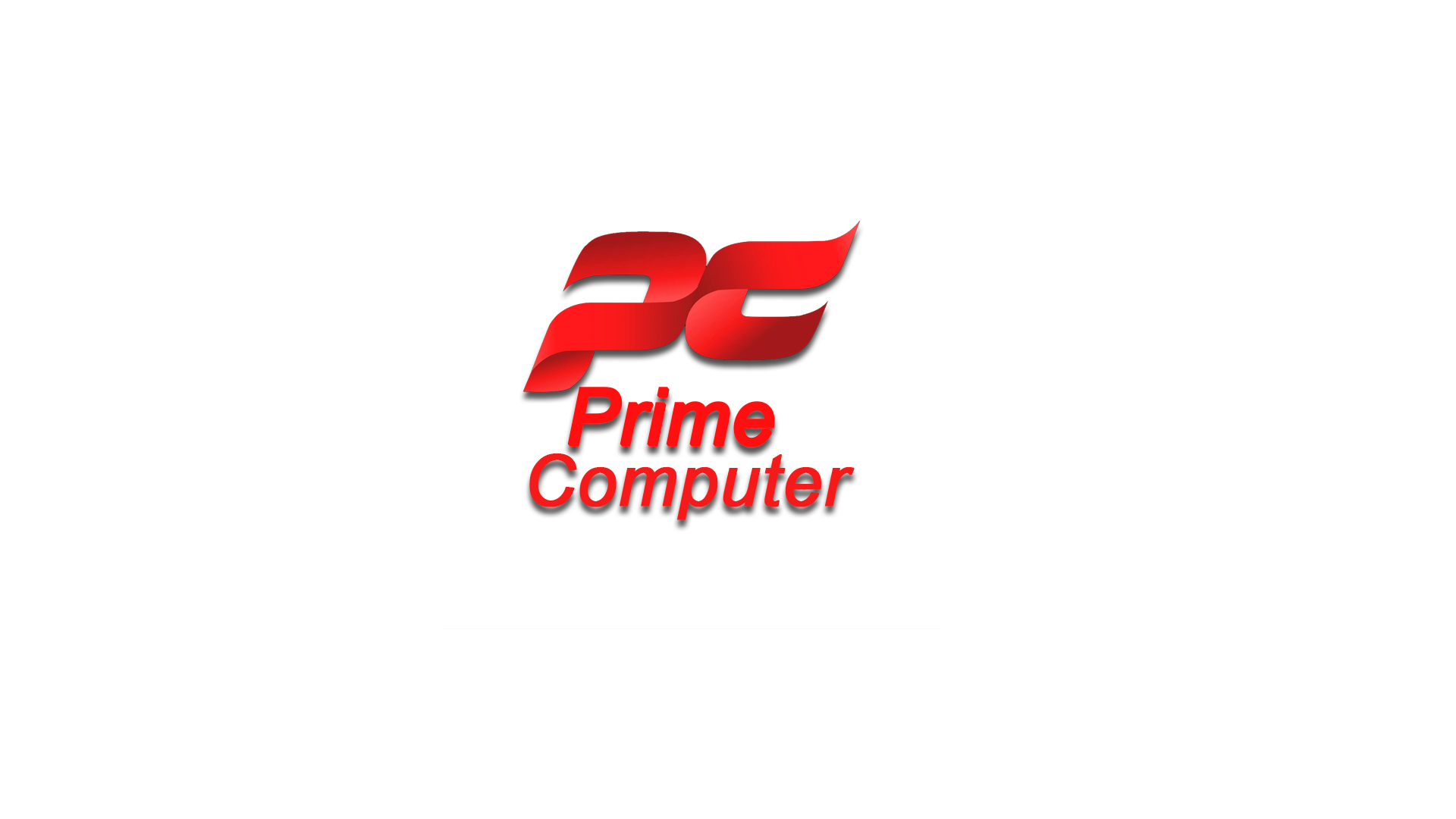
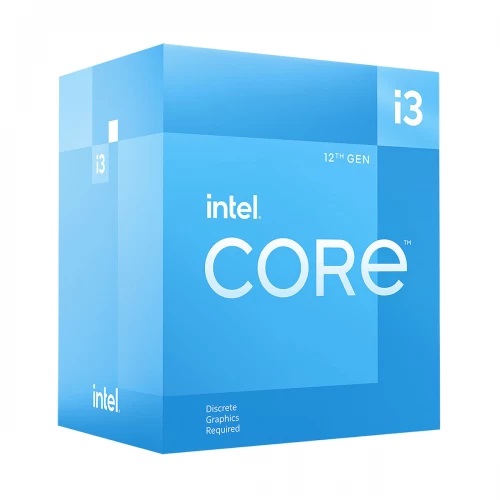
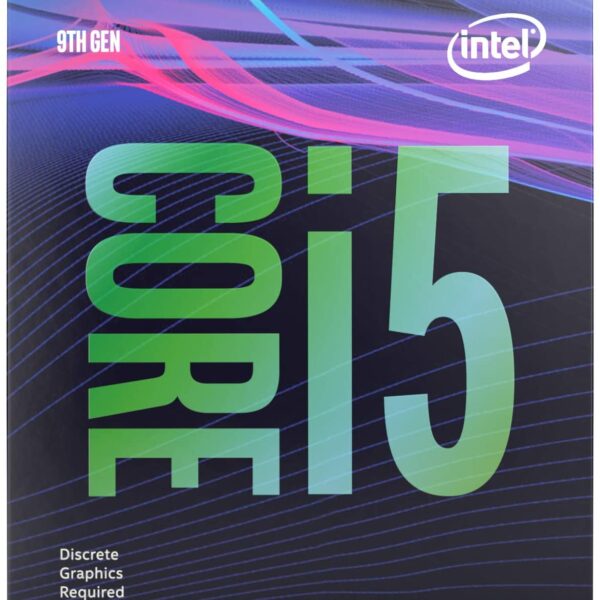
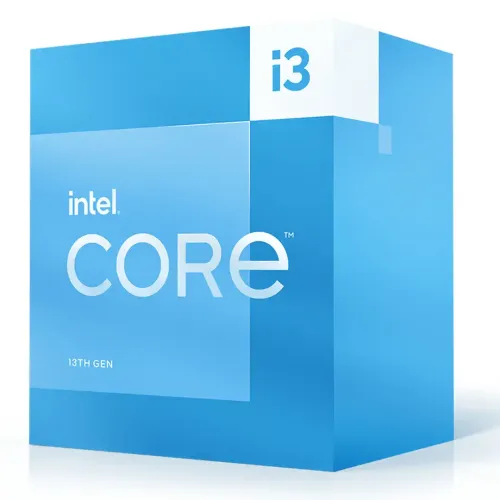

Reviews
Clear filtersThere are no reviews yet.